The Vintagent Road Tests come straight from the saddle of the world’s rarest motorcycles. Catch the Road Test series here.
We publish a lot of Road Tests of rare German machinery in The Vintagent for one very good reason: rides on amazing machines have been offered by a long-time supporter, the Motor-Sport-Museum at the Hockenheim race track. This is a favorite of our host, a 1929 BMW R16 with 750cc ohv engine, the top of the BMW range in the Vintage era, with a pressed-steel frame and leaf-sprung forks, three-speed gearbox with hand shift, and a rear brake which squeezes the drive shaft. And according to our host, the R16 ‘starts easily and rides with never a problem’. With such a warm recommendation, would it be possible not to love this machine? In common with all the Hockenheim motorcycles loaned out for Road Tests, this BMW has been fettled to the highest standards by a demanding owner, who expects motorcycles to run as they did when new, and in fact, rides them as if they were. No pussyfooting around, he winds it on to see what they’ll do and how they’ll perform.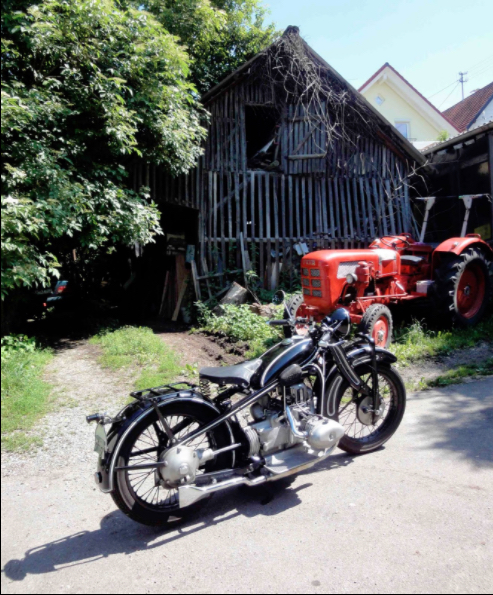
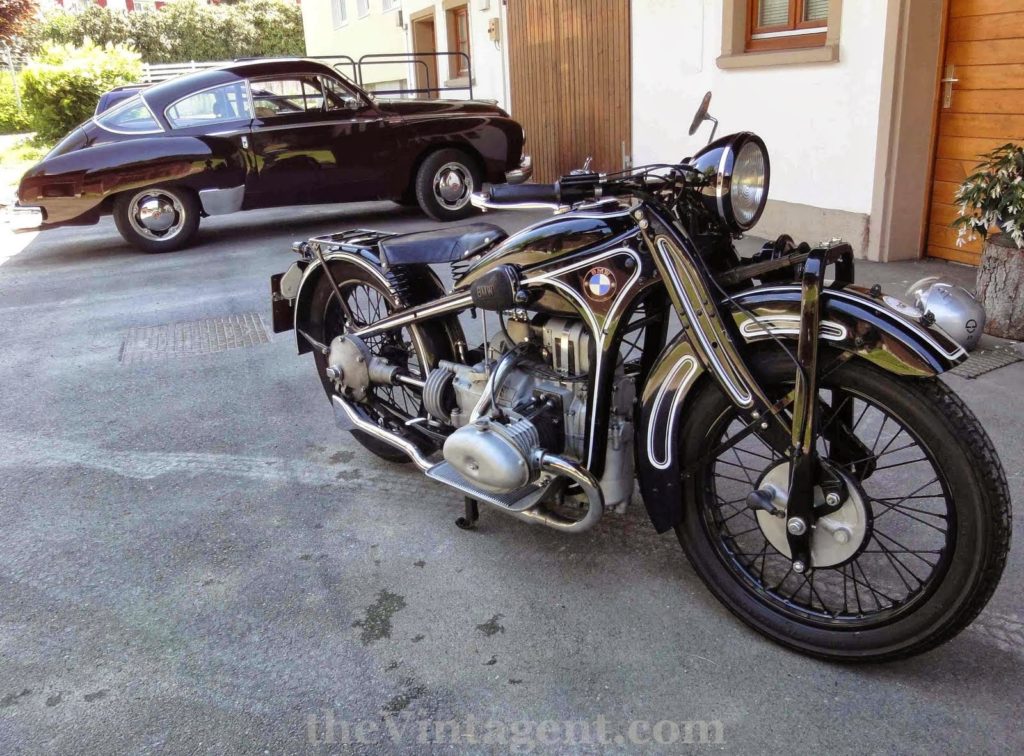
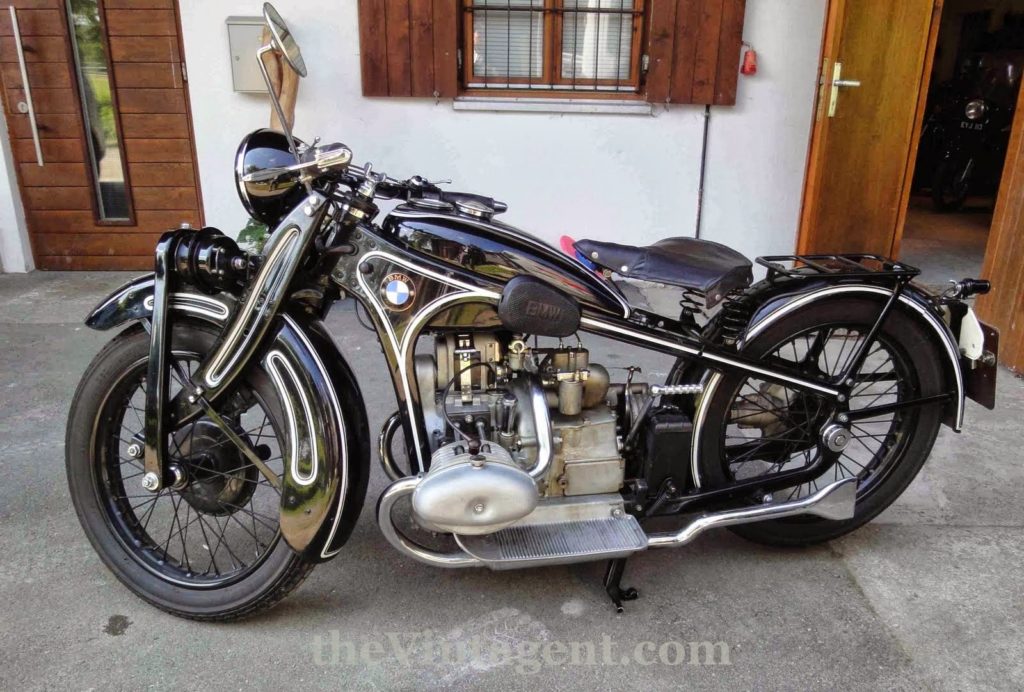
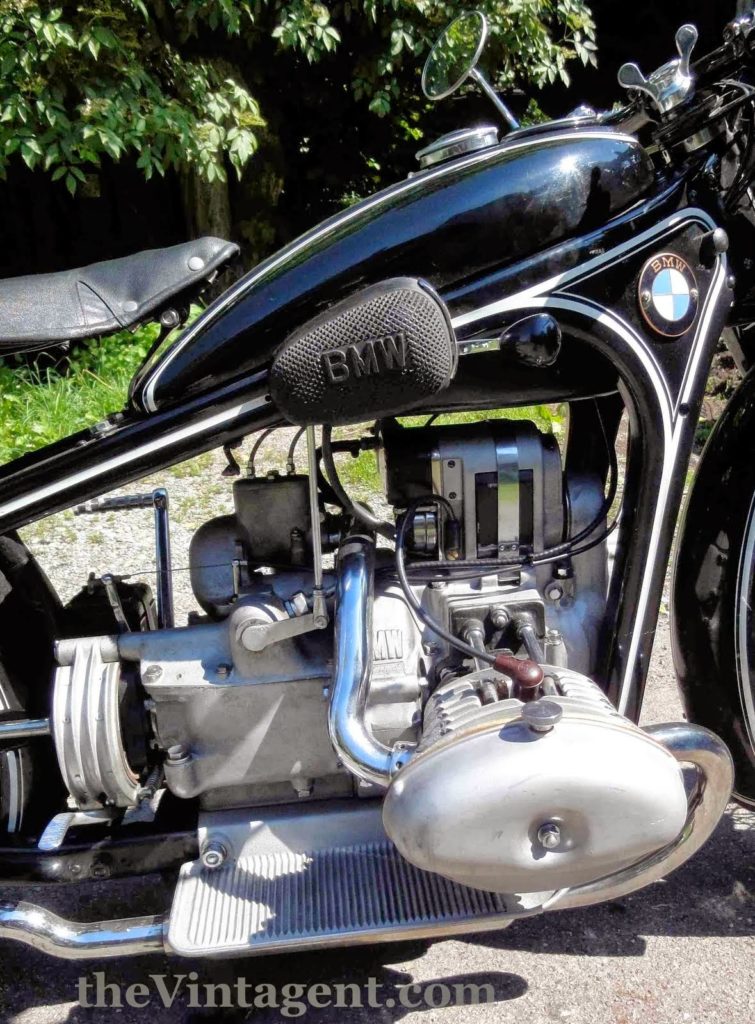
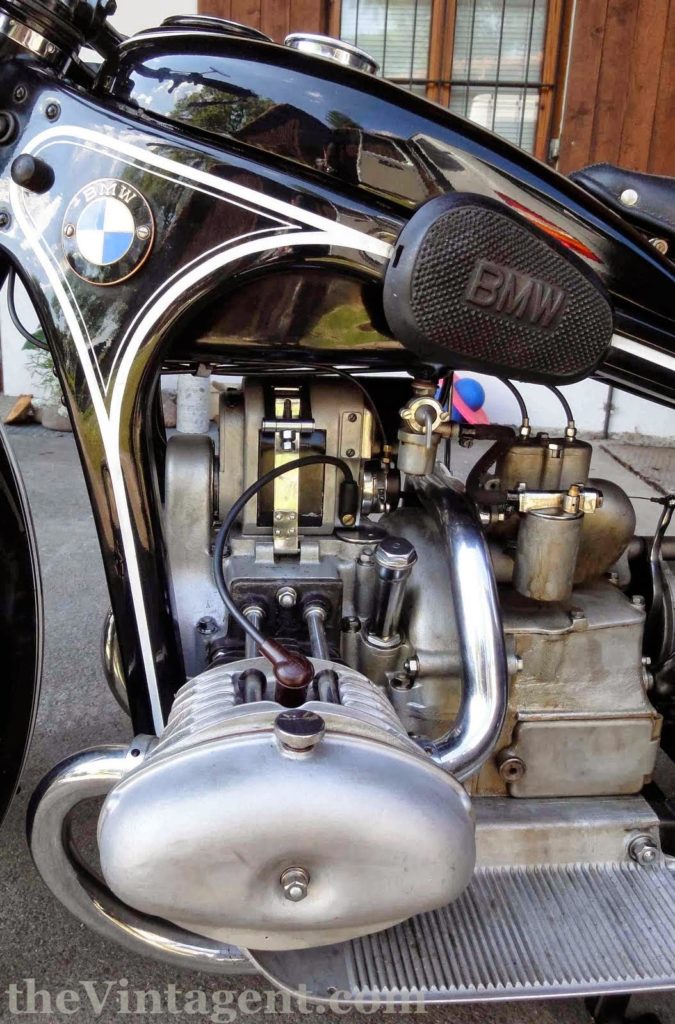
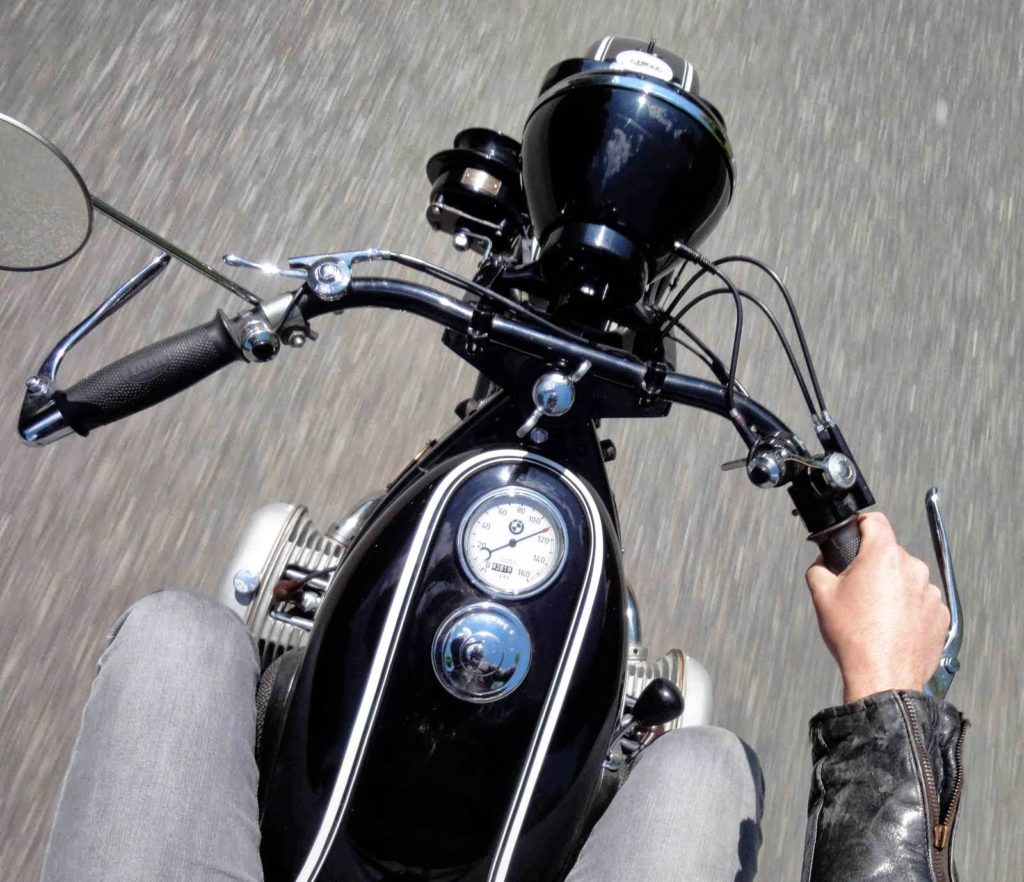
If I were in the market for a totally rideable prewar bike, a BMW R16 would be at the top of my list. I could have ridden all day without fatigue or worry about mechanical disaster, at a rapid if not racing clip. It’s the very definition of a sport-tourer, meant to be hustled along through beautiful countryside, just like I did on the test day. Perfect.
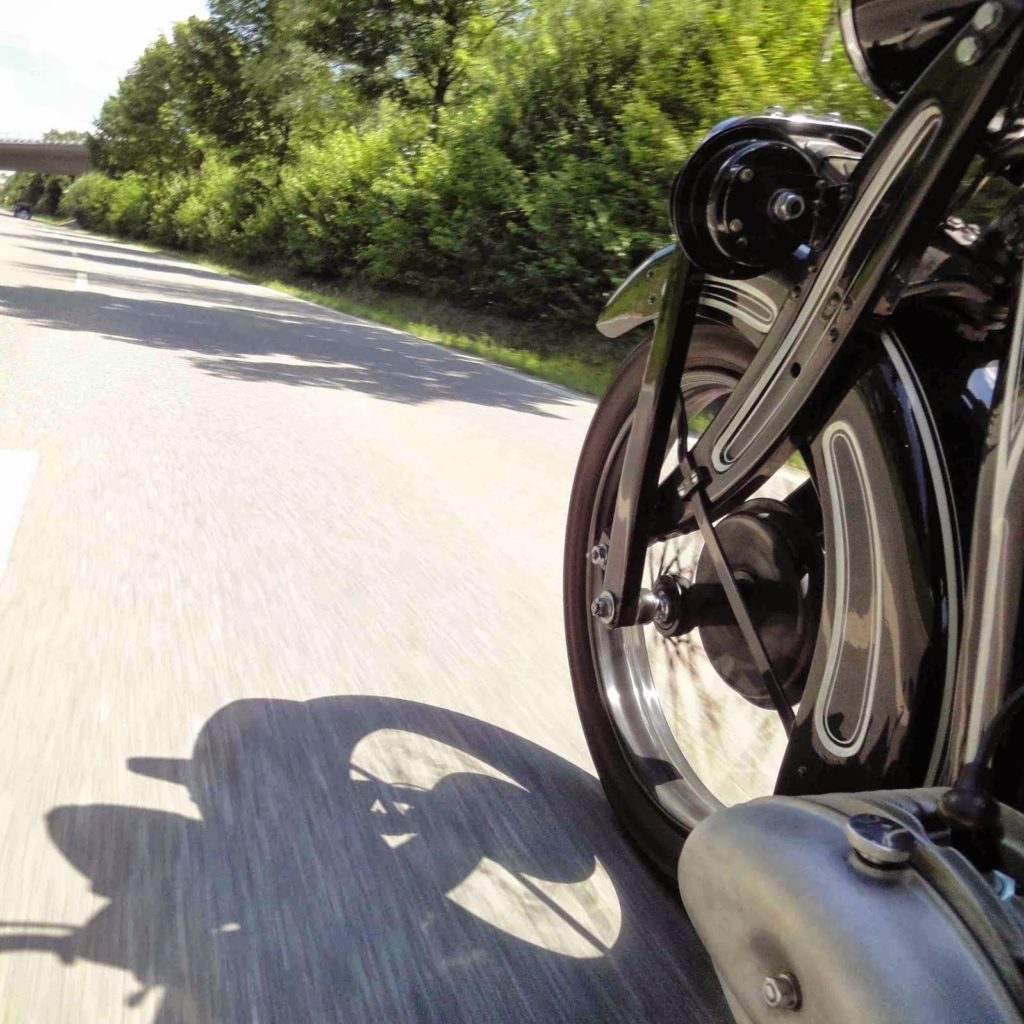


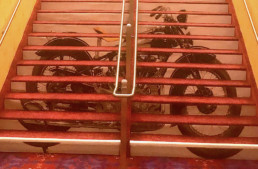
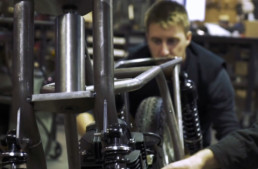
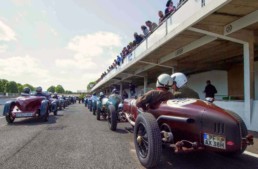
FANTASTIC review! You are a lucky devil.
I sit here with my slack jaw…. slung wide open, wishing I were there to experience that machine which has lived on.
I am awestruck at it’s beauty. While modern bikes look great. This machine has presence, style, and unmistakable looks.
Thank you once again for sharing.
Great pics there Paul.My friend Paul M in OCala Fl has the same bike nearly finished.The first pic with the tractor and barn has great composition and colors.
AARRRGGHHHH
A most enjoyable read, thanks for posting this.
I had no idea the boxers went this far back!
Hi Paul! This is a great write up, as is all your stuff on the Vintagent. Do you mind if I link to it from the Vintage BMW Motorcycle Owners website?
Also, one little note: the BMW pressed steel frames aren’t “Star” frames; that’s a misunderstanding – I believe – that LJK Setright introduced in his Bahnstormer book. Surely you can see that these frames don’t look much like a star. However, in German, a Starr Rahmen is a rigid frame. Any rigid frame (ie, no rear suspension). Just a bit of trivia.
Anyway, thanks for this great write up, and I hope you’ll allow me the link.
Gruessen aus Karlsruhe, Deutschland (until next month),
–Darryl Richman
beautiful.thx for the post!
Am I seeing well : that needle is pointing 110+_avec une main pour le guidon et une main pour la camera_touché Vintagent rider
@YJH; oops!
Actually, the owner pointed this out to me first…he has keen eyes…I was simply riding, photographing, and winding the throttle open. A very satisfying machine indeed, and the one-hand antics prove the stability of the bike at speed. Rock solid!
As a long time Vintage BMW fan, I am glad to see this review here. Having seen many vintage BMWs of this era (and ridden 1 or 2) I am always surprised by how LARGE bikes have become….both in weight and in overall dimensions. Clearly this bike is capable or handling most things a modern road can throw at it…80s years on.
The other thing that always fascinates me about bikes of this era is exactly how compliant and flexible the engines are. Lot’s of torque almost all the time with no peaky rev band…even on a sporting model like this.
Sure there are some areas where they lack: Like brakes, metallurgy, and reliability. (Let’s face it no vintage bike is as reliable as a modern counterpart) But overall it seems they were onto something good which maybe we have gotten away from in the pursuit of ever higher HP.
Thank you for linking to my site. Your site is very impressive and most interesting. I was particularly excited by the Chapron-bodied Hotchkiss Gregoire lurking in the background of the BMW R16 post.
J Kraus
Thanks for a nice post. Really its looking beautiful. I like it 🙂 🙂 🙂
Hello Nikon’s
The Boxer engine goes back before the BMW, as the ABC motor bike used it before BMW did
Yes, there were lots of flat twins built before the BMW introduced their M2B15 engine of 1920: the Fée of Bristol was built from 1905, and was the foundation of Douglas Motorcycles, using fore-and-aft flat twins designs beginning in 1907. BMW’s first motorcycle engines, the M2B15, were clearly inspired by the Douglas engine. And as you note, ABC used the across-the-frame flat twin engine design from 1919. BMW definitely did not invent the concept.
Enjoyed this review enormously — as a type 247 ‘airhead’ rider it filled me with a new found respect for the earlier flat twins; 85mph with more to give? Stunning!
Don’t know if you have this on your to-do list, but it would be great if you were able to add the R5 to your road-test portfolio? That’s a bike that I have long lusted after, with the pedigree it has and the archetypal design simplicity of the rigid frame.
Thanks for this review anyway, and all the other posts and reviews on your site. A great and inspiring resource!
All I need is an offer to ride one! I owned one many years ago, before taking photos etc was part of my routine…